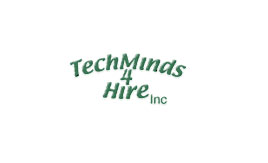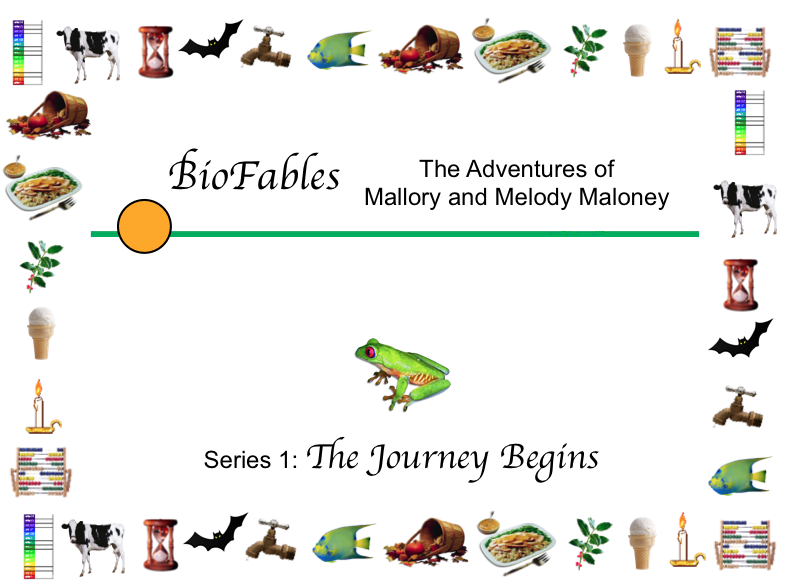Biotech-related International Events and Missions: Getting the Most out of Your Participation
Second in a Series
INTRODUCTION
The first article in this series covered one aspect of your preparation for attending an international biotech program (or even one closer to home): internalfact-gathering by reviewing your own level of experience/technical expertise and setting preliminary objectives for what you want to achieve by attending the event.
This section of advance preparation addresses externalfact-gathering on the marketplace, that is, assembling what you already know, identifying the information you still need to acquire in order to maximize the value of your time at the event and then filling in the information gaps through research.
EXTERNAL: The World Outside Your Organization
The five circles below represent major categories of the external environment that may have impact on your objectives, broadly defined as the successful adoption of your technology.

Let’s take a look at each of these categories, particularly as they relate to your objectives you’ve set for attending the event. The top three circles represent people and organizations most likely to be participating in the event, as speakers, exhibitors and attendees. The most important of which are your prospective or current customers and/or partners, followed by competitors (who may become partners under certain circumstances) and influencers or resources. The bottom two circles represent important factors that can heavily impact your ability to succeed.
Customers/Partners. These are your target prospects that would eventually buy from you, invest in you or form some sort of partnership with you (such as R&D or marketing). The first place you should look for information is the event sponsor’s website.
Event Sponsor’s Website. The sites of most medium-large events that include exhibitors provide lists of exhibitors that have signed up so far as well as providing lists of last year’s exhibitors. Many of the lists of current exhibitors include links, either directly to the exhibitor’s website or to a brief description of the exhibitor (which then links to the exhibitor’s own site). Most large events will also list the exhibitors by product and service category as well as alphabetically, and some will provide a search function by company name or keyword. The latest trend is for event sponsors to provide registered attendees with online accounts enabling the attendee to send and receive messages to specific exhibitors, create a personalized list of booths to visit and even an online message board to leave messages for fellow event attendees.
Reviewing the EXHIBITOR LIST is a good way to get an idea of who will be exhibiting (and, perhaps importantly, who won’t be exhibiting) so you can compile your own list of organizations you wish to contact or learn more about. Some event sponsors also provide booth numbers of the exhibitors and maps and layouts of the exhibit hall; this information helps you plan your time at the event and to compare the size of the booths of those companies you are interested in visiting.
If the exhibitor list is available by CATEGORY, check which other organizations are classified in the same category as your target exhibitors. You may want to add these organizations to your list of potential customer/partner targets as well. Another way to find additional targets is to SEARCH by keyword(s). Some of the search functions offer drop-down menus, where you will be able to find more categories and keywords than you might think of on your own.
Once you are satisfied with your list of exhibitor-prospects, your next step is to use the LINKS to those prospects’ websites or use a search engine to find them. We will discuss researching your prospects’ websites below.
Sign up for the ONLINE ACCOUNT if the event sponsor offers this service. We will talk about how to use these accounts in a later section.
If the event includes a technical conference, you will find information on speakers, some of whom may be your target customers or partners (or they may be competitors, influencers/resources or even representatives of regulatory agencies such as the FDA). Most of the time you will not find direct links to the speakers’ organizations’ websites or e-mail addresses from the event sponsor’s website, but you should be able to locate that information via search engines.
After you have extracted relevant information from the event sponsor’s website, it will be most efficient to simply click on the available links to your target prospect websites to start developing a deeper understanding of their business focus, interest, position in the marketplace and needs.
Prospect Websites. I wrote a series of three articles for the Marketing Research Association entitled “Three Indisputable Truths about Business Intelligence and the Internet” in 1999. Despite their extreme age (in Internet time), these basic truths have withstood the test of time. The first article is particularly relevant to mining your prospects’ websites for valuable information; its title: “There's more to an Organization's Web Site than Meets the Eye.” The title implies that you can find treasures hidden below the visible surface (namely, content) missed by people who merely skim through the site for product information, news releases and the “Message from the CEO.” You can read the entire article at:
http://www.techmanage.com/articles/3truths_1.htmBriefly, the article addresses content of the site; process in terms of how the site works and the organization’s responsiveness to inquiries from the site; and relative position compared with others addressing the same markets.
There are two types of CONTENT from which you can learn about the organization: 1) explicit, namely product information, press releases, biographies of staff, annual reports, links to SEC (Security and Exchange Commission) financial filings, banner and other ads – things like that; 2) implicit, such as the career center or job openings (which contain hints on R&D or new market directions).
PROCESS refers to the site’s ease of navigation, whether the site’s links work or not, easy-to find contact information, intrusiveness of ads on the site. How the site looks and works will give you a good idea of how IT-savvy the organization is...which is not particularly relevant, we’ve found, for smaller biotech companies but it is usually a good indication of the level of customer focus and respect in larger organizations. You can expect there to be a fairly high correlation between respect for customers and respect for vendors and business partners.
How does the organization’s website compare to its peers, i.e. similar organizations of similar size? Is it about the same, much better or worse? Just as with a site’s process, its RELATIVE POSITION will give you an idea of how an orgThe last two paragraphs above refer to websites external to your prospects’ sites.
In the third article, we will talk about other secondary resources available for you to do your “homework” in order to increase your efficiency in getting valuable information by talking with knowledgeable people in the field and with – your ultimate goal – your prospects. anization uses its resources.
Login
Advertisements
Colorless, odorless, biodegradable instant sanitizer is effective against both gram positive and gram-negative bacteria; kills in 30 seconds. Free of chlorine and quaternary ammonium compounds. EPA registered food contact surface sanitizer. Austin Davis Industries, Inc.
Safe, totally natural, 100% biodegradable, multi-functional cleaning product providing safety in the workplace for both humans and environmental surfaces - without compromising performance. Can be diluted up to 25:1. Austin Davis Industries, Inc.





